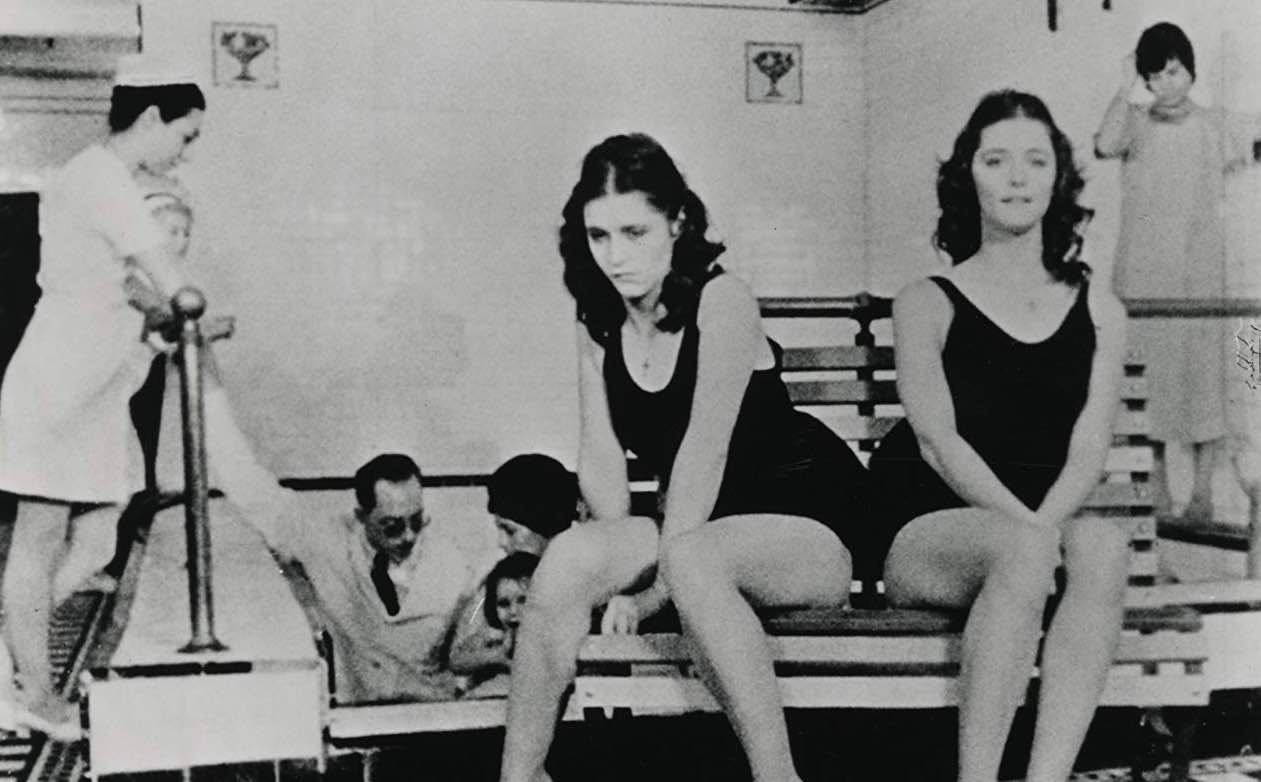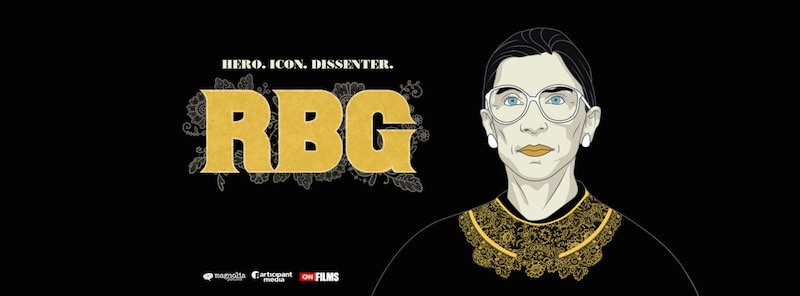In 1987, cult director David DeCoteau (Dreamaniac, Creepozoids) got together with scream queens Linnea Quigley (Graduation Day, Silent Night, Deadly Night), Brinke Stevens (The Slumber Party Massacre), and Michelle Bauer (Hollywood Chainsaw Hookers) and made the camp classic Sorority Babes in the Slimeball Bowl-O-Rama. But that’s not the only movie that particular quartet made in 1987. It’s not even the campiest. That title goes to Nightmare Sisters.

Nightmare Sisters is about a trio of homely sorority sisters named Melody, Marci, and Mickey (Quigley, Stevens, and Bauer, respectively) who decide that they want to have a party. Melody invites over her nerdy boyfriend, Kevin (Demon Wind’s Richard Gabai), who convinces a pair of his equally-nerdy fraternity brothers named Freddy and Duane (Marcus Vaughter from Sorority House Massacre and first/only-time actor William Dristas) to join him. The party seems dead before it even begins, but the girls suggest holding a séance with a crystal ball that Marci found at a flea market. Of course, they summon a succubus who promptly possesses the sisters. Kevin and his pals have to find a way to save the girls while simultaneously fending off a group of their frat brothers who have crashed the party.
David DeCoteau seemingly made Nightmare Sisters on a whim, using much of the same cast and crew (and all of the leftover film ends) from Sorority Babes in the Slimeball Bowl-O-Rama. Kenneth J. Hall (Puppetmaster) wrote the script, and DeCoteau brought it to life in four short days, using his own home as a set and having the actors and actresses do their own costuming and makeup. The story is a frustratingly simple possession-turned-exorcism plot, and the props and sets look like they were liberated from a Dollar Store. But damn, is Nightmare Sisters fun to watch.
DeCoteau cut his teeth making adult movies, so it should come as no surprise that there is a sexploitation element to Nightmare Sisters. Once the girls become possessed, they transform into half-naked sex goddesses. And the transformation is over-the-top; for the first act of the movie, Quigley wears a buck teeth apparatus in her mouth, Stevens hides behind geek glasses, and Bauer sports a fat suit. The sexploitation doesn’t stop with the girls turning hot and losing their clothes, either. Kevin and his friends realize what’s happened and make a pact to not take advantage of the situation while they figure out a way to stop it, but their party-crashing frat brothers are all about seducing – or being seduced by – the now-beautiful trio of demons. As if all of that isn’t enough, there’s a superficially endless bathtub scene in which the three girls bathe themselves and each other while the guys debate what to do next. Yeah, DeCoteau wasn’t subtle about what kind of movie he was trying to make.
The infamous bathtub scene isn’t the only padding in Nightmare Sisters. The whole movie is filled with extended long-take conversations and superfluous scenes that only exist to bring the movie up to feature length. The film begins with a drawn-out fortune-telling scene, which does explain the origin of the crystal ball, but seems to go on forever before the opening titles even appear. There are several seemingly improvised scenes with the three girls talking that, while natural, also seem to only function as filler. Even the final exorcism scene overstays its welcome by more than a few minutes. Truthfully, the no-frills story could have been told in about twenty minutes, but DeCoteau had more film than that, and the girls were willing to get topless, so Nightmare Sisters winds up clocking in at a tad over eighty minutes.
The music in Nightmare Sisters is awesome. Most of the soundtrack was supplied by Los Angeles punk band Haunted Garage (whose singer, Dukey Flyswatter, appears in the film as the fortuneteller in the opening scene) and consists of songs with titles like “Incredible Two-Headed Transplant” and “Yumpin’ Yiminy, Suck on My Chimney” (the latter of which is surprisingly catchy). The incidental cinematic score was provided by Flyswatter (credited under his given name, Michael Sonye) and Del Casher (who invented, among other things, the Wah Wah guitar pedal). But the real sonic treat comes during one of the most functional padding scenes where Linnea Quigley, in her succubus form, performs, in its entirety, a song that she wrote with her old punk band The Skirts called “Santa Monica Blvd. Boy.” The soundtrack to Nightmare Sisters is a punk rock fever dream, and it’s one of the strongest elements of the film.

Nightmare Sisters is a testament to “can-do” filmmaking, a prime example of what’s possible when a director has an idea, a few days, and some leftover supplies. It’s not a genius movie by any stretch, but it’s not supposed to be. It’s supposed to be entertaining, and entertaining it is.


